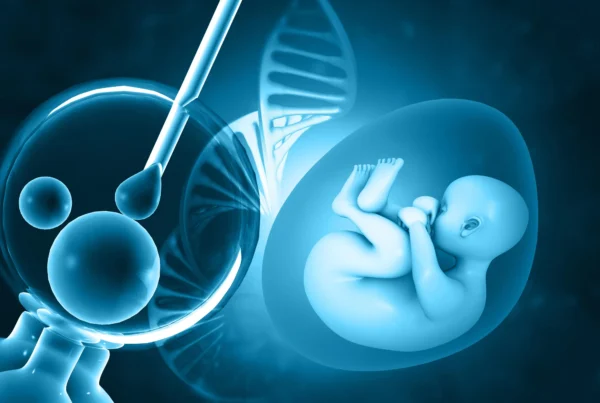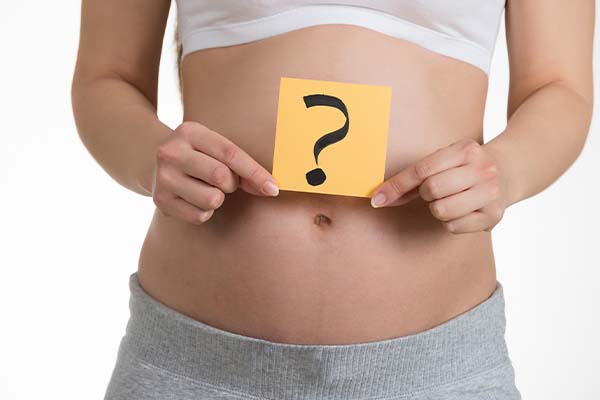Insemination is a treatment method planned based on the examination and tests of couples. Therefore, a thorough evaluation of couples before treatment helps avoid unnecessary procedures. Having previously undergone in vitro fertilization (IVF) does not prevent a couple from considering insemination.
1. What is Insemination Treatment?
The insemination method is a treatment used to increase the chances of pregnancy before proceeding to IVF. In this process, sperm from the male is processed and then placed inside the woman’s uterus on the day of ovulation.
2. How are the Sperm Processed?
- Sperm Collection: The male is asked to collect his semen in a special container.
- Sperm Preparation: In the laboratory, specialized techniques are used to separate the semen from dead or immobile sperm. This preparation can take 1-2 hours.
3. How is Egg Development Achieved?
- Ovarian Stimulation: Egg development is usually achieved through 9-12 days of hormone therapy using pills or injections. This process aims to increase the woman’s egg production.
4. How is the Insemination Procedure Performed?
- Timing: The insemination procedure is performed 12-36 hours after the administration of the trigger (hCG) injection.
- Procedure Steps: After cleaning the cervix, a very thin and soft tube is inserted through the cervix into the uterus. The sperm prepared in the laboratory is then injected into the uterus using a syringe. The procedure is typically painless and does not require anesthesia.
5. How Many Times Can Insemination be Attempted?
In suitable patients, the insemination method can be applied two or three times before proceeding to IVF.
These steps outline the general process and application methods for insemination, which is an important step to enhance couples’ chances of achieving pregnancy.




